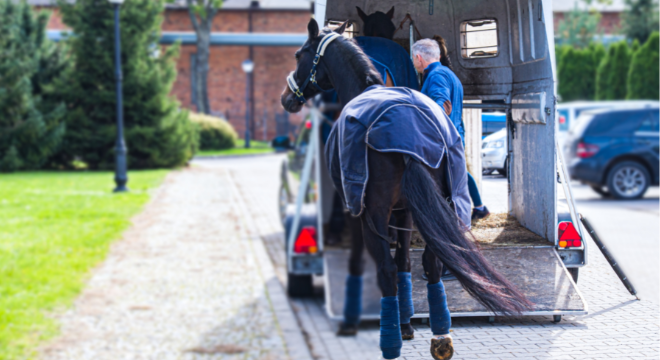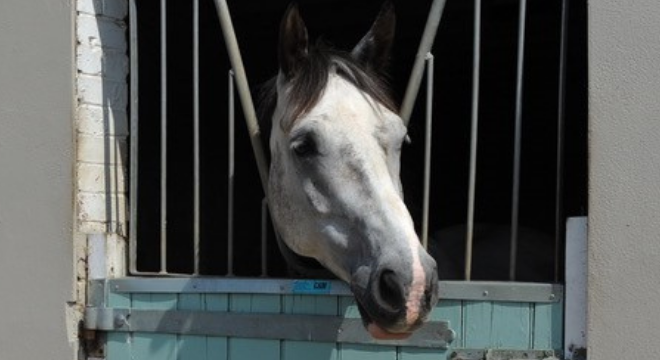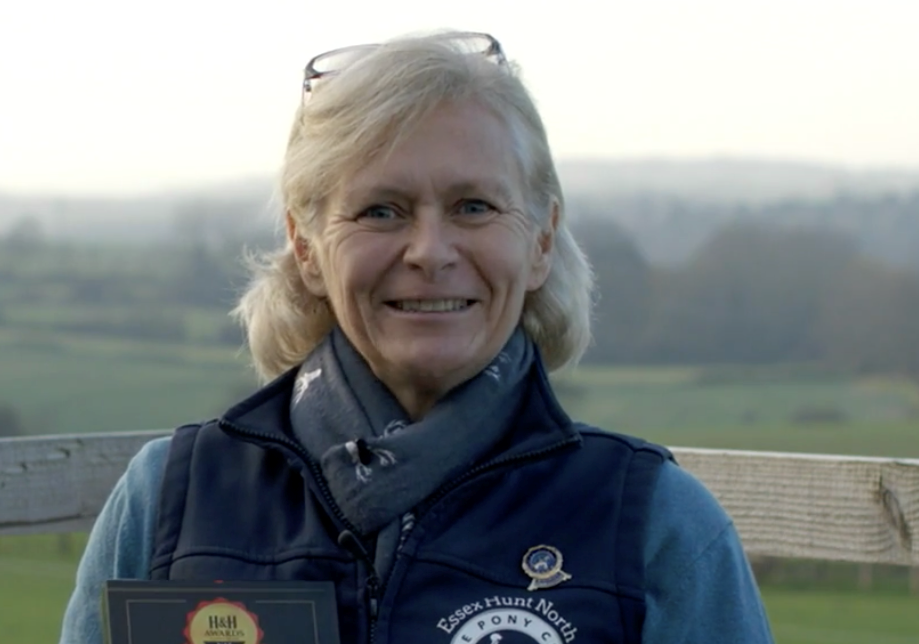
Have Horse Will Travel
Transporting horses safely needs careful planning. Not only do you need a suitable trailer or horsebox but you also need the appro...
15 June 2022
Read More
Quality of Life
Quality of Life is an important consideration for any equine, whatever their age, health or circumstances. Both physical and psychological factors interact and accumulate to determine a horse’s overall quality of life, making it sensitive and susceptible to change. Habitually observing our horses’ appearance, demeanour, behaviour, mobility and bodily functions will give us important insights that can help us monitor their wellbeing.
Being aware of quality of life factors can help us to:
Quality of life assessment becomes even more important as horses age or develop health problems. The effects of common conditions such as arthritis or PPID can usually be minimised and managed through veterinary support, enabling the horse to continue enjoying a good quality of life, often for several years. However, even with medication and careful management, chronic diseases will inevitably lead to a deterioration in quality of life over time, and it is essential that we prevent that decline reaching a point where the horse begins to suffer.
Monitoring quality of life
No one knows a horse better than their owner, but it can also be difficult to spot early signs of change when we are with a horse every day, especially when we are very attached to them. Taking a systematic approach to monitoring quality of life is the best approach, and the BHS have a great checklist available that covers a range of physical and behavioural quality of life indicators. The list is free to download here.
Capturing photos and video can also be useful to monitor aspects of quality of life such as stiffness, mobility, appearance and demeanour. Try keeping a note of unusual behaviours or physical observations, tying in observations with the date and other factors such as weather conditions or changes to diet, routine or exercise. These can help build a bigger picture of your horse’s quality of life and be helpful to share with your vet when managing chronic conditions.
Remember that a horse’s life is a 24/7 experience, so we need to think about the time we are not with them. A horse that is uncomfortable or stiff first thing on a winter morning may have felt much worse in the middle of the night. Are there marks on the paddock where they have struggled to get up overnight? Or scuffed hocks from the stable floor?
Working with your vet, farrier and other professionals who know you and your horse can also be invaluable. Not only can they offer fresh eyes and objectivity, but research shows that their support often helps alleviate distress and guilt when a difficult decision needs to be made for the sake of your horse’s welfare.
Behaviour matters
Behavioural factors can be revealing. Changes in behaviour may be linked to physical pain or discomfort, psychological factors such as stress or boredom, or both. One study found that owners are more likely to take physical factors into account than behavioural indicators when making end of life decisions. Behaviour provides essential insights into both physical and mental wellbeing, often being the earliest or only observable sign of issue. Remember that the earlier we begin monitoring our horses, the better idea we have of what is normal for an individual, and what is not.
Assessing quality of life involves many perspectives, and all factors need to be taken into account. Good appetite can be a useful quality of life indicator, and is certainly an important and positive sign. However, it should not be viewed in isolation, as this could detract from a horse’s poor quality of life in other respects. A horse that is eating well may still be in unmanageable discomfort, meaning euthanasia has become necessary to prevent suffering.
Behavioural factors can also affect our decisions around treatment for clinical conditions. How do we care for a horse who shows signs of stress when stabled, but has a diagnosed lameness issue requiring several weeks of box rest? Optimising the environment to reduce stress can significantly improve the horse’s quality of life while on box rest, as well as potentially supporting a faster and fuller recovery. However, if the same horse has a recurrent issue that regularly leads to repeated episodes of box rest, concerns over their prolonged stress may become as much of a factor as the underlying physical issue when judging whether euthanasia is a kinder option.
Difficult decisions
Making the decision to put a much-loved equine to sleep is never one we want to have to face, but it is an essential responsibility for the owner of any animal, not only ethically, but legally. Euthanasia may become necessary at any point; sadly, even young horses have to be put to sleep because of injury or disease at times. Being prepared to deal with end-of-life decisions has to be a consideration from the outset when we choose to take on the care of an animal.
A study published in 2016[i] identified delayed euthanasia as one of four key welfare issues faced by horses in the UK, indicating just how difficult it can be to meet this final duty of care at the right time. As a welfare organisation, Redwings often sees cases where a horse has enjoyed the best of care and comfort throughout its life, but been allowed to suffer at the end by a hard but necessary decision not being made at the right time.
While it may be more straightforward to put a horse to sleep when they are affected by severe colic or serious injury, we should be as ready to protect horses from the sustained discomfort of chronic conditions such as arthritis or long-term lameness. It is not length of life, but quality of life that needs to be our priority when thinking about a horse’s care, particularly for their later years or when managing any long-term issue.
To find out more about this delicate but important subject, read our euthanasia blog.
[i] [i] Horseman et al. Current Welfare Problems Facing Horses in Great Britain as Identified by Equine Stakeholders. PLoS One. 2016; 11(8) doi.org/10.1371%2Fjournal.pone.0160269
MM-17948

Transporting horses safely needs careful planning. Not only do you need a suitable trailer or horsebox but you also need the appro...
15 June 2022
Read More
Some of the most common reasons for box rest are musculoskeletal problems, laminitis or post-surgical recovery. The most important...
01 December 2021
Read More
Buying a pony is a huge undertaking and getting it wrong can cause massive headaches. Over the years I have bought many ponies an...
01 December 2021
Read More